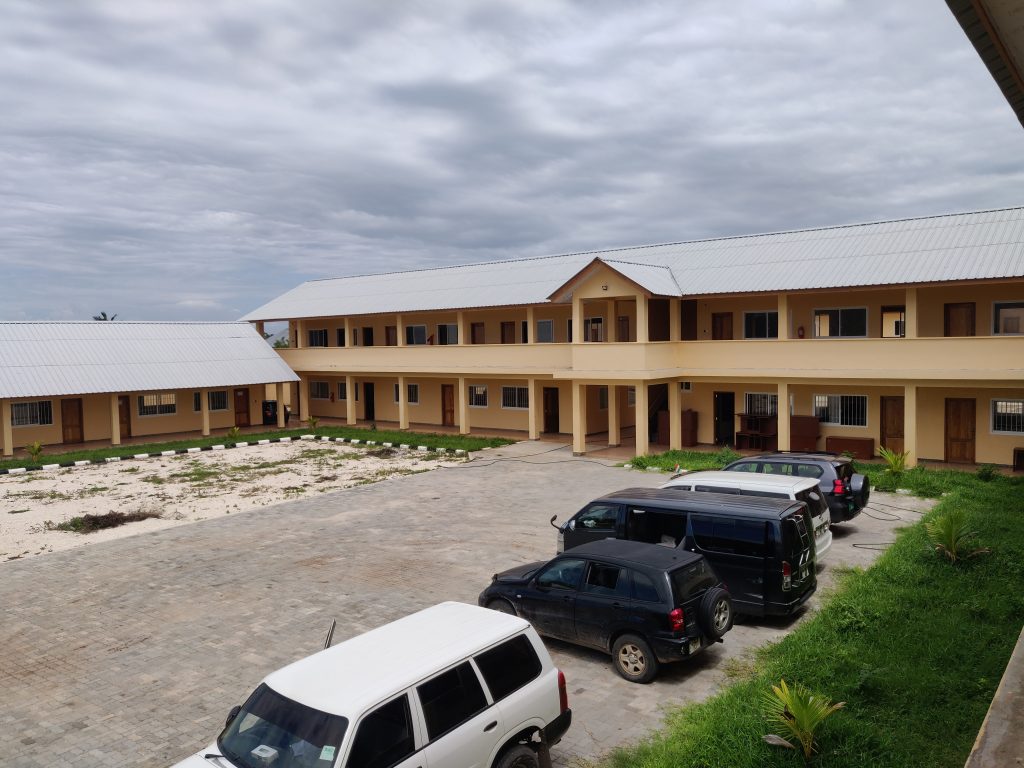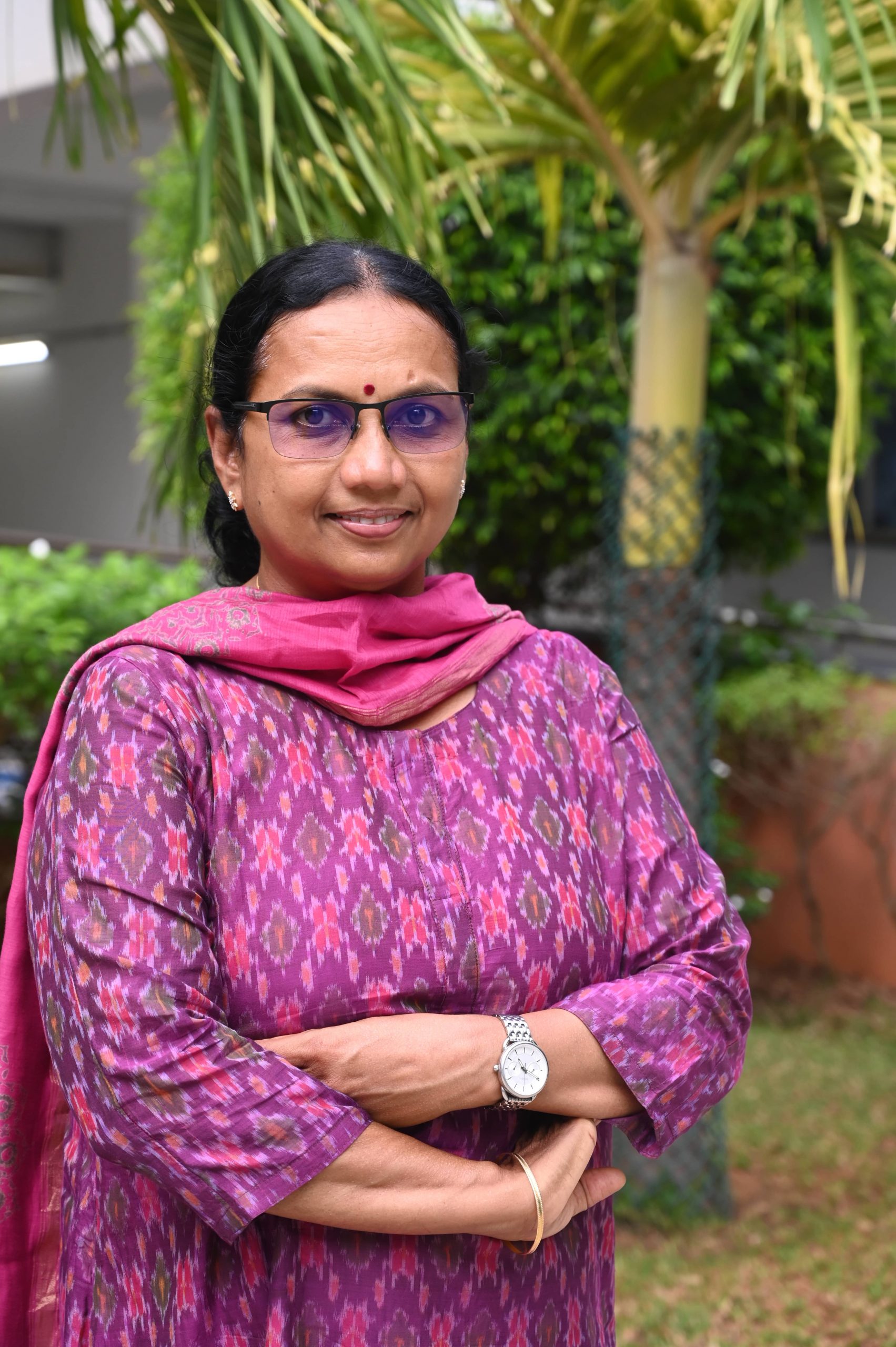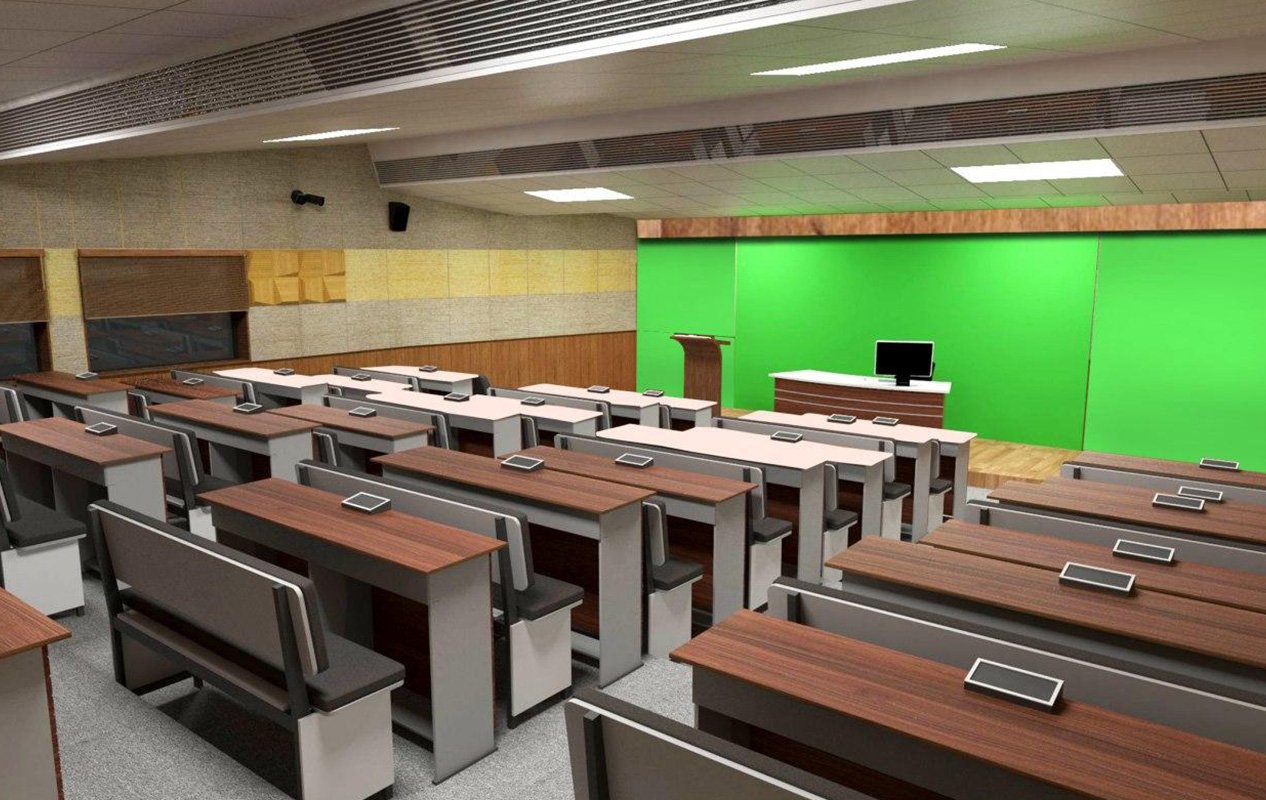Planning and designing infrastructure for the first ever IIT campus outside India sounds like a ton of paperwork and a logistical nightmare, given that the project involves the Ministry of Education (MoE), Govt. of India, IIT Madras and Ministry of Education and Vocational Training (MoEVT) Zanzibar-Tanzania. Prof. Ligy Philip, Dean, Planning, IIT-M, discusses what went into the making of the historic campus at Zanzibar, and the challenges that lie ahead
Srivatsan S
When Ligy Philip was chosen as the professor-in-charge of infrastructure for IIT-M’s first offshore campus at Zanzibar, Tanzania, the news did not come as a surprise. As the Dean, Planning, Ligy has been responsible for IIT-M’s thriving and futuristic infrastructure, on campus, over the last decade.
She became the Chairperson of Engineering Unit in 2014 and later the Dean, Planning (Infrastructure and Finance), in 2017, and has been involved in various aspects of planning, development and sustainability of IIT-M as well as the 163-acre Discovery Campus at Thaiyur.
Ligy casually namedrops some of the mammoth projects she has undertaken at IIT-M: construction of B-type apartments, New Academic Complex (second version), Biotechnology Block (second version) Mandakini Hostel, Sports Complex and so on.
She sees the latest distinction — as Professor-in-charge of infrastructure at the IIT Madras Zanzibar — as an “extension” of her decorated portfolio. “The only difference is, it is not in India this time,” laughs Ligy, as we sit for a conversation on what went into the planning of the Zanzibar campus.
Before we start, Ligy acknowledges the responsibility bestowed upon her. “It is going to be a challenge since it is our first international campus and I am aware that all eyes are on us. Our aim is to make a truly world class institute that has a mix of [Indian, Zanzibar and global] cultures. In a way, it’s not a new challenge for me; I’m confident that we will do a good job,” she says.
The first step towards planning an international campus of the size of IIT Madras Zanzibar — with a promised 215-acre land — was to determine the larger relevance of having such a global institution. “We have to plan in such a way that there are no missteps. That is very important to us. For instance, we are not going to get extra land for the next 20 years. Our goal right now is to set up a campus for 3,000 to 5,000 students,” adds Ligy. 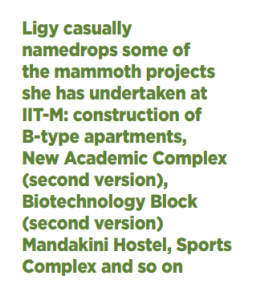
The catch? There are two governments involved in the Zanzibar project. Which means that unilateral decisions offer little to no help. Which is why Ligy says that the Zanzibar project will have a Planning Committee consisting of distinguished members from India and Zanzibar, who have envisioned such campuses both locally and internationally. “The committee will decide on how the permanent campus should be. We have been thinking of recruiting a few international consultants as well,” she says.
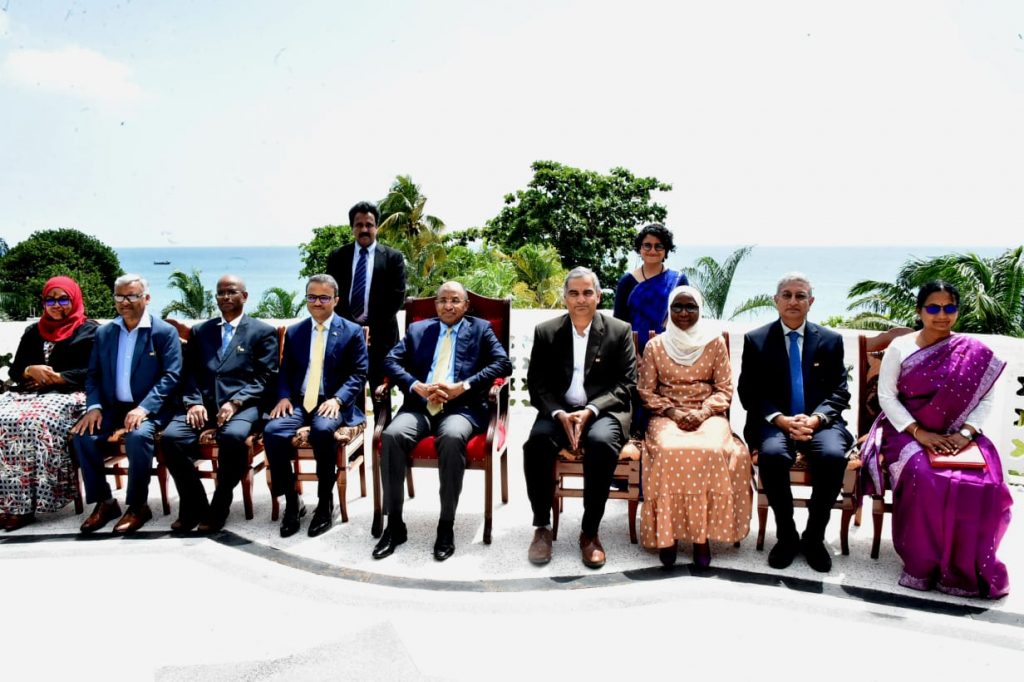
Winds of change
Setting up an international campus as big as IIT-M Zanzibar sounds like a ton of paperwork and a logistical nightmare, given that the project involves a lot of back and forth between the two countries. Ligy’s primary concern, however, is the execution part. “I don’t see any challenge in terms of planning since we will have a committee with experienced people who will be helping us out. Whether we get good quality construction workers, materials and so on…those are the challenges.”
For the permanent campus, the land has been identified, inspected and reported to the Government of Zanzibar that has given its approval. Once the formal paperwork is done, plans are on to lay the foundation stone in November 2023. “There is a lot of weed growth in that area, which has to be cleared. We have to put a boundary mark and construct walls. Before that, we have come up with a budget and get it approved [by them] because the entire funding comes from there.”
Unlike the 630-acre IIT-M, whose current student count stands at a staggering 12,500, the Zanzibar campus is primed to have a lot of interactive spaces for students; something the parent institution lacks, believes Ligy.
Facilities are being planned to cover the demography of students from undergraduate, postgraduate and doctoral programmes. “Naturally, there will be a lot of laboratories,” she says, adding, “At the same time, we are going to give regional importance. We want to factor in all of these during the planning phase.”
There isn’t a concrete time frame as to when the permanent campus will be fully functional, although the work is likely to begin by the end of this year. Which is why Ligy hopes to execute the monumental task at hand in carefully-planned phases.
Phase I will have the essentials: “Like hostel accommodation, for instance,” says Ligy, adding, “Depending on the requirement, we will come up with the skeleton, which can later be converted into an actual project.”
A new building, which was constructed for the Karume Institute of Science and Technology, has been given to IIT Madras by the Government of Zanzibar to set up a temporary campus in Bweleo district of Zanzibar, until the permanent campus is ready for operations.
Since the building was constructed to serve the purpose of a regular college, Ligy says, a lot of modifications had to be made to classrooms as well as other facilities. The modified building is now equipped with smart classrooms, seminar halls and an open air auditorium for students to meet and interact with.
“It wasn’t a residential campus, so dining facilities were not there. We had to do a dining hall and a laundry dispensary facility,” says Ligy, adding that the hostel had to be renovated too.
The temporary facility can now house 70 students for the first year. “But we do plan to rent out some place for other students nearby so that they can stay together. There is an international residential colony that is not even 5kms from the campus,” she adds.
The Government of Zanzibar, informs Ligy, did not insist for the campus to be a 100 percent residential institution. But the team from IIT-M felt that having a residential campus has its merits on students, benefitting them from co-living and co-learning. At the same time, an international housing colony right next to the campus has been selected to put up faculty and staff, so that they don’t need to stay on campus like the IITs.
Ligy says that 70 percent of civil and electrical work are complete for the Zanzibar campus, which is eyeing for a grand inauguration on October 24, 2023. Furniture, mostly flexible types that can easily be converted to meet other purposes, has been sourced from India. “What we are thinking in the new campus is, we don’t want to make anything rigid. If it’s a classroom then it should not just serve the purpose of a classroom forever [like in IIT-M, where classrooms are mostly empty in the afternoon]. Like, it can be converted into a conference room too, for instance. We don’t want to waste space,” she says.
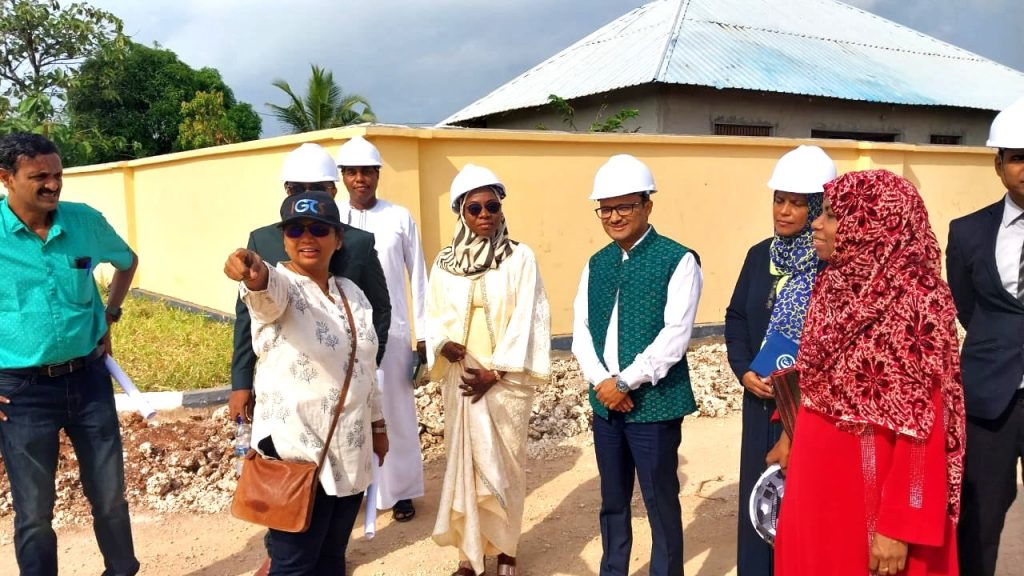
Gajendras at Bweleo
In September, IIT-M was certified with a platinum rating (with a score of 80 out of 90) from The Indian Green Building Council (IGBC) as a result of an independent audit for its performance towards achieving a green campus. Similar plans have been envisioned for the permanent campus at Zanzibar, with sustainability being the root of their development master plans.
“We want the new campus to be climate resilient since it’s on an island. Right from the materials to construction, we will be looking into each and every aspect. The design will be in such a way that there is minimum use of air conditioners since we will benefit a lot from the sea breeze,” she says, adding, “We will also be looking into renewable sources of energy. We will definitely be recycling water [like we do at IIT-M] as the campus grows. Solar is another area we are looking at.”
Ligy will leave for Zanzibar in the first week of October to supervise the remaining work before the official launch. But what about the permanent campus? Will it have the characteristics of IIT-M or have its own character?
“Certainly both,” assures Ligy, adding that IIT-M Zanzibar will have the facets and features of both India and Tanzania. “We want the international campus to have a mix of cultures [from India, Tanzania and global]. Though the goal is to set up an institution that is world-class, we have to respect the regional culture at the same time.”
As a matter of fact, work has already begun to install IIT-M’s iconic Gajendra Circle, which has been the symbol for what the institution stands for, at the temporary campus. “Instead of two Indian elephants, there will be one African and one Indian elephant on either side,” she says, “The African elephant will hold the Zanzibar and Tanzania flags, while the other elephant will hold the Indian flag.”
